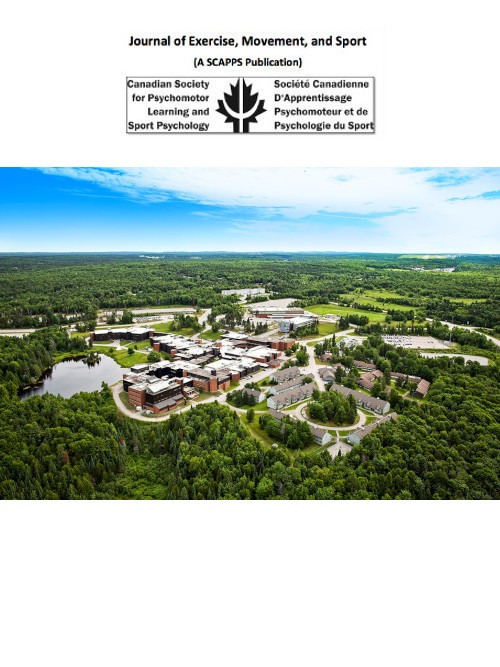Résumé
Visuomotor adaptation arises when reaching in an altered visual environment, where one's seen hand position does not match their actual felt (i.e., proprioceptive) hand position in space. Here, we investigated if proprioceptive training (PT) benefits visuomotor adaptation, and if these benefits arise due to implicit (unconscious) or explicit (conscious strategy) processes. A total of 72 participants were divided equally into 3 groups: Proprioceptive training with feedback (PTWF), Proprioceptive training no feedback (PTNF), and Control (CTRL). The PTWF and PTNF groups completed proprioceptive training (PT), where a participant's hand was passively moved to an unknown reference location and they indicated the felt position of their unseen hand relative to their body midline on every trial. The PTWF group received verbal feedback with respect to their response accuracy on the middle 60% of trials. The CTRL group did not complete PT and instead sat quietly during this time. Following PT or time delay, all three groups reached with 30° rotated cursor feedback, followed by a series of no-cursor reaches to assess implicit and explicit adaptation. Results indicated that the PTWF group improved their sense of felt hand position following PT. However, this improved proprioceptive acuity did not benefit visuomotor adaptation, as all three groups showed similar visuomotor adaptation across rotated reach training trials. Visuomotor adaptation arose implicitly, with minimal explicit contribution for all three groups. Thus, these results suggest that passive proprioceptive training with feedback does not benefit, nor hinder, implicit visuomotor adaptation.Acknowledgments: Supported by the Natural Sciences and Engineering Research Council of Canada [EKC].

